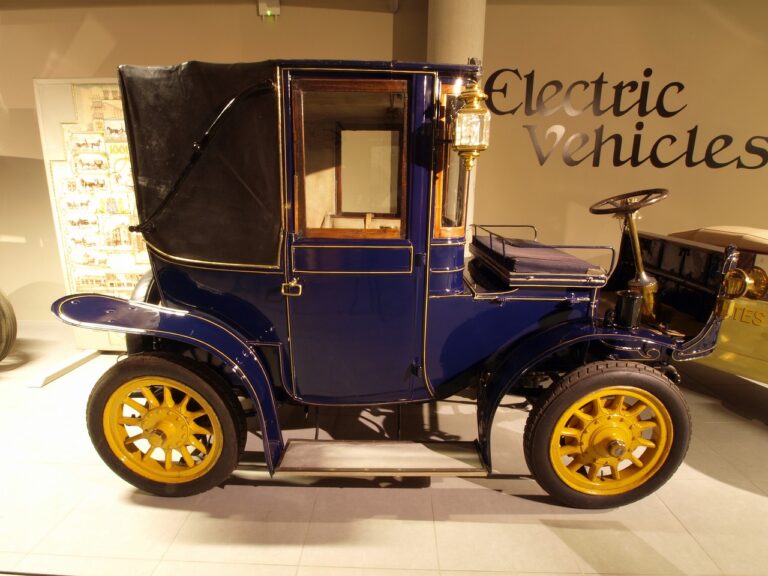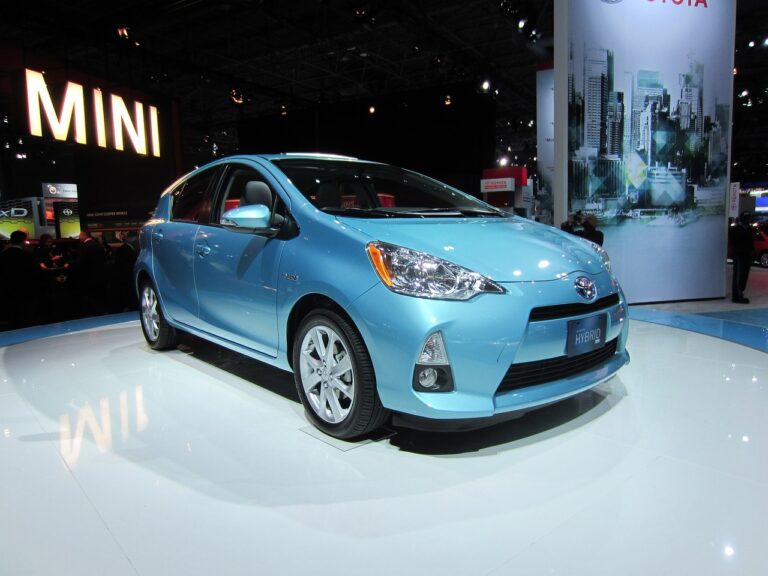Assessing the Impact of Autonomous Vehicles on Parking Facility Design: World7 id, Mahadev betting login, Silver 777 login
world7 id, mahadev betting login, silver 777 login: Assessing the Impact of Autonomous Vehicles on Parking Facility Design
Autonomous vehicles, also known as self-driving cars, are rapidly changing the landscape of transportation. With advancements in technology, these vehicles are becoming more reliable and widespread, making it crucial to assess their impact on various aspects of urban planning, including parking facility design.
As autonomous vehicles become more prevalent on our roads, parking habits and requirements are expected to shift significantly. Currently, parking facilities are designed to accommodate vehicles that require drivers to park them manually. However, with the advent of autonomous vehicles, parking facilities may need to be reevaluated and redesigned to meet the changing needs of these self-driving cars.
The Impact on Parking Space Utilization
One of the most significant impacts of autonomous vehicles on parking facility design is the potential increase in parking space utilization. Since autonomous vehicles can drop off passengers and park themselves in a more efficient manner, they can park in a way that maximizes the use of space within a parking facility. This means that parking facilities may need to reconfigure their layout to accommodate more vehicles in a smaller space.
Furthermore, autonomous vehicles can park themselves in tighter spaces, eliminating the need for large aisles and driveways within parking structures. This increased efficiency in parking space utilization could result in the need for fewer parking spaces overall, potentially freeing up valuable land for other uses in urban areas.
The Impact on Parking Facility Design
In addition to changes in parking space utilization, autonomous vehicles may also impact the design of parking facilities themselves. For example, future parking structures may incorporate amenities specifically tailored to autonomous vehicles, such as designated pick-up and drop-off zones for self-driving cars.
Moreover, parking facilities may need to adapt to the charging requirements of electric autonomous vehicles. As more self-driving cars are powered by electric batteries, parking facilities may need to incorporate charging stations to accommodate these vehicles. This could require additional infrastructure within parking structures, such as electrical outlets and charging stations.
The Impact on Traffic Flow
Another key consideration in assessing the impact of autonomous vehicles on parking facility design is the potential changes in traffic flow. As self-driving cars become more prevalent, they may operate more efficiently on the road, reducing congestion and traffic delays. This could have a direct impact on parking facilities, as the need for convenient parking locations may change with improved traffic flow.
For example, autonomous vehicles may be able to drop off passengers at a location and park themselves further away, reducing the demand for parking spaces near popular destinations. This could result in changes in the design of parking facilities, as they may need to be located further away from city centers or commercial areas to accommodate the changing patterns of self-driving cars.
The Impact on Accessibility and Inclusivity
One of the potential benefits of autonomous vehicles is increased accessibility and inclusivity for individuals with mobility challenges. Self-driving cars have the potential to provide transportation options for those who may have difficulty driving or using public transportation. As a result, parking facilities may need to be more inclusive and accessible to accommodate these individuals.
Parking facilities designed for autonomous vehicles may need to incorporate features such as ramps, wider parking spaces, and designated drop-off zones for individuals with disabilities. Ensuring that parking facilities are accessible and inclusive for all users will be a crucial consideration in the design of future parking structures.
FAQs
Q: Will autonomous vehicles eliminate the need for parking facilities altogether?
A: While autonomous vehicles may change the way we use parking facilities, they are unlikely to eliminate the need for parking entirely. There will still be a need for parking structures to accommodate vehicles, whether they are driven by humans or autonomous technology.
Q: How will autonomous vehicles impact the design of on-street parking?
A: Autonomous vehicles may change the way we use on-street parking, as self-driving cars may be able to drop off passengers and park themselves in designated areas. This could impact the design of on-street parking spaces, as they may need to be reconfigured to accommodate these changing needs.
Q: What are the potential challenges in designing parking facilities for autonomous vehicles?
A: Designing parking facilities for autonomous vehicles may present challenges in terms of infrastructure, technology integration, and user experience. Ensuring that parking structures are equipped to handle the needs of self-driving cars will require careful planning and consideration of various factors.
In conclusion, the impact of autonomous vehicles on parking facility design is a critical consideration for urban planners and developers. As self-driving cars become more widespread, it is essential to assess the changes in parking habits, space utilization, traffic flow, accessibility, and inclusivity. By anticipating these shifts and designing parking facilities to meet the evolving needs of autonomous vehicles, cities can better prepare for the future of transportation.







